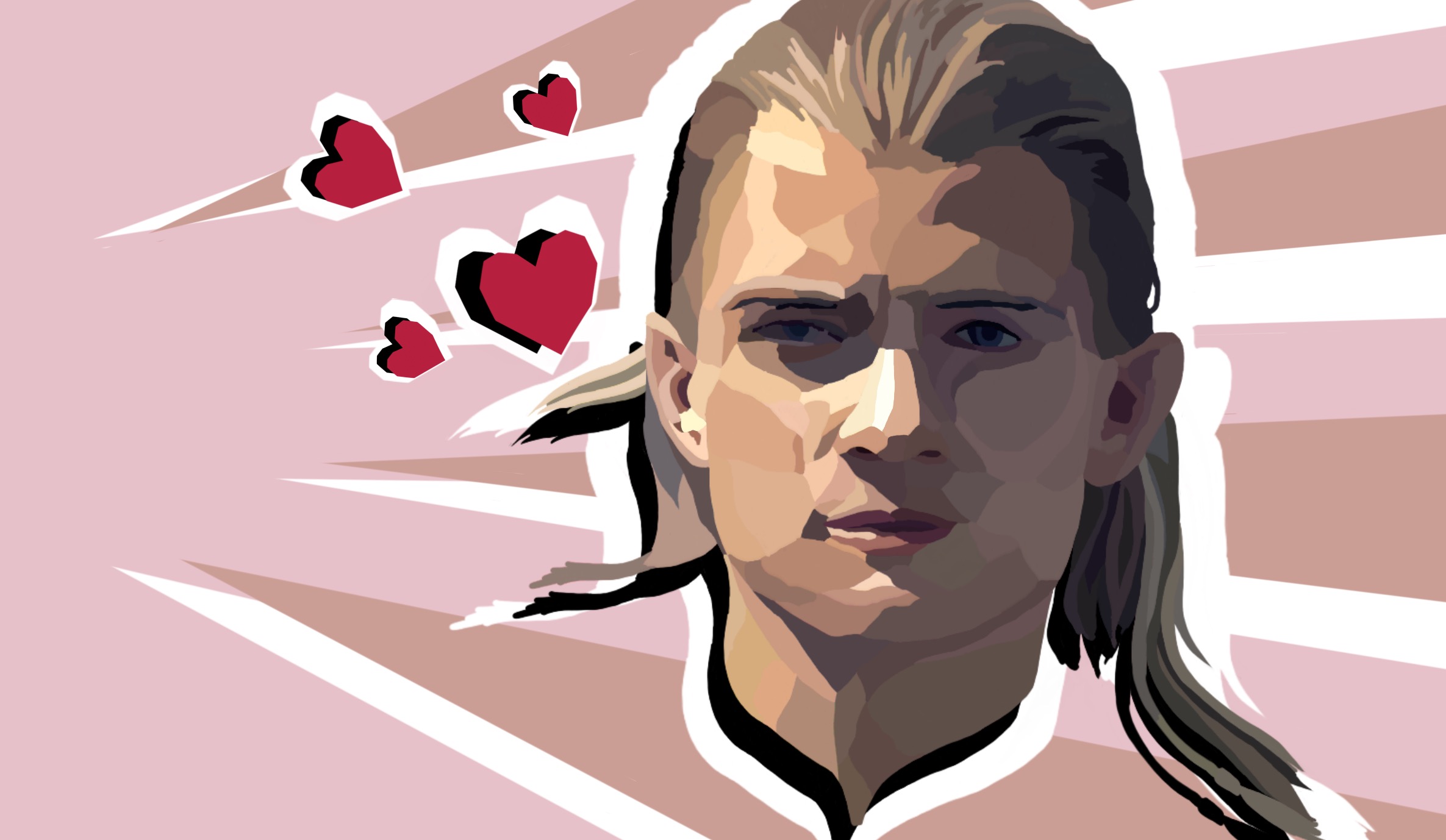“I want you to draw me like one of your French girls.”
The line has become a cliché, but to my 11 year old self, it marked a major turning point. I was watching Titanic with my mother. Although I knew what crushes were in an abstract sense from books and television shows, I didn’t have the vocabulary to identify what I was feeling while I watched, mesmerised, as Jack and Rose kissed in the cargo hold. It was a whole other experience, and I didn’t know why it was so mesmerising until much later.
Moments like these are common. Maybe you can chart your love for bad-boys with a heart of gold to Zuko from Avatar: The Last Airbender. Perhaps there was a certain member of One Direction who caught your eye. Or maybe you expressed a particular interest in Flynn Ryder, Ruby Rose, Legolas, Jasmine, Zac Efron, Emma Watson, or Jessica Rabbit – the list goes on and on. You can be watching a film you’ve watched a hundred times before, but one day something clicks. “My first crush was Ariel from The Little Mermaid. The scene where she discovered she had legs was rewound so many times by 10 year old me,” one of my friends reminisces, “That was probably the first clue I had that I was a lesbian.”
“As a bisexual woman I remember feeling confused whenever I saw sexually charged scenes between men and women on TV, wondering if I wanted to be the girl or be with the girl.”
It can be more difficult for girls to recognise these feelings when they do arrive. The sexual awakening of heterosexual males is more often depicted in media, and tends to have more obvious signs. Many sitcoms deal with storylines involving awkward boners, or a family member discovering pictures of naked women accidentally downloaded onto a family computer by a mortified 13 year old boy. Shows like Degrassi: Next Generation and Big Mouth are among the few that I can think of that explore female sexual awakenings, and even those aren’t inclusive as they only depict the sexual awakenings of straight cisgender girls. As a bisexual woman, I remember feeling confused whenever I saw sexually charged scenes between men and women on television, wondering if I wanted to be the girl or be with the girl.
Sexuality is confusing and complicated, especially when you’re young. Not everyone develops these feelings at the same pace, and not everyone is ready to jump from the world of fantasy to the world of reality at the same time either. In many ways, human sexuality and sexual development are considered shameful in our society. We don’t have a uniform curriculum for sex education, and we are still living with the lingering influence of the Catholic Church, particularly in rural areas like the town I grew up in. At the same time, our world is so sexualised, from music videos to advertisements to the racy underwear displayed in the shop windows on Grafton Street. It is further complicated when you bring intersections of gender, same-sex attraction, and religion into the picture. One can feel isolated, especially if they don’t experience sexual attraction at all.
“I remember saying that I had a crush on a guy, and that he was really cute when I was around 12 or 13,” says Sarah Armstrong, a third year who identifies as both asexual and aromantic. “The first time I read the definition of asexual I thought that it must be really hard, because every book and movie, every piece of media, the lives of everyone around me seemed to be fed by the idea of sexual attraction.”
“At the same time our world is so sexualised, from music videos to advertisements to the racy underwear displayed in the shop windows on Grafton Street.”
Armstrong didn’t initially reconcile this definition with her own experience. “I thought that I was just too busy to be on the pull, and that’s why I didn’t have any kind of endeavours,” she explained. “I lived vicariously through the characters I read about, and refused to acknowledge it was not a part of my own life… I felt like it was something that was being oversold by the media. Discovering that people my age were having these feelings, sitting in classes with me, looking at other people and feeling sexual attraction was a defining moment for me.”
When asked about the idea of this moment as an asexual awakening, Armstrong says that “People like the term asexual awakening because it’s the opposite of sexual attraction… It’s not really an awakening – more of a long process over a long period of time. I used to think that I was gay, or bi, or straight, because I confused aesthetic attraction for sexual and romantic attraction. I didn’t look into the mirror and admit to myself that I was asexual until I was around 17 or 18. I was born this way.”
The fact of the matter is that there is no one way to come to terms with your sexuality. How can there be, when society sends us so many mixed messages? Things definitely have to change, from improving representation in the media, to sexual education reform, but it’s also important to remember that, while things aren’t perfect, you’re not alone.






